Audemars Piguet Art Commission: The Moon is Leaving Us by Phoebe Hui
Swiss watchmaker’s support of contemporary arts continues apace
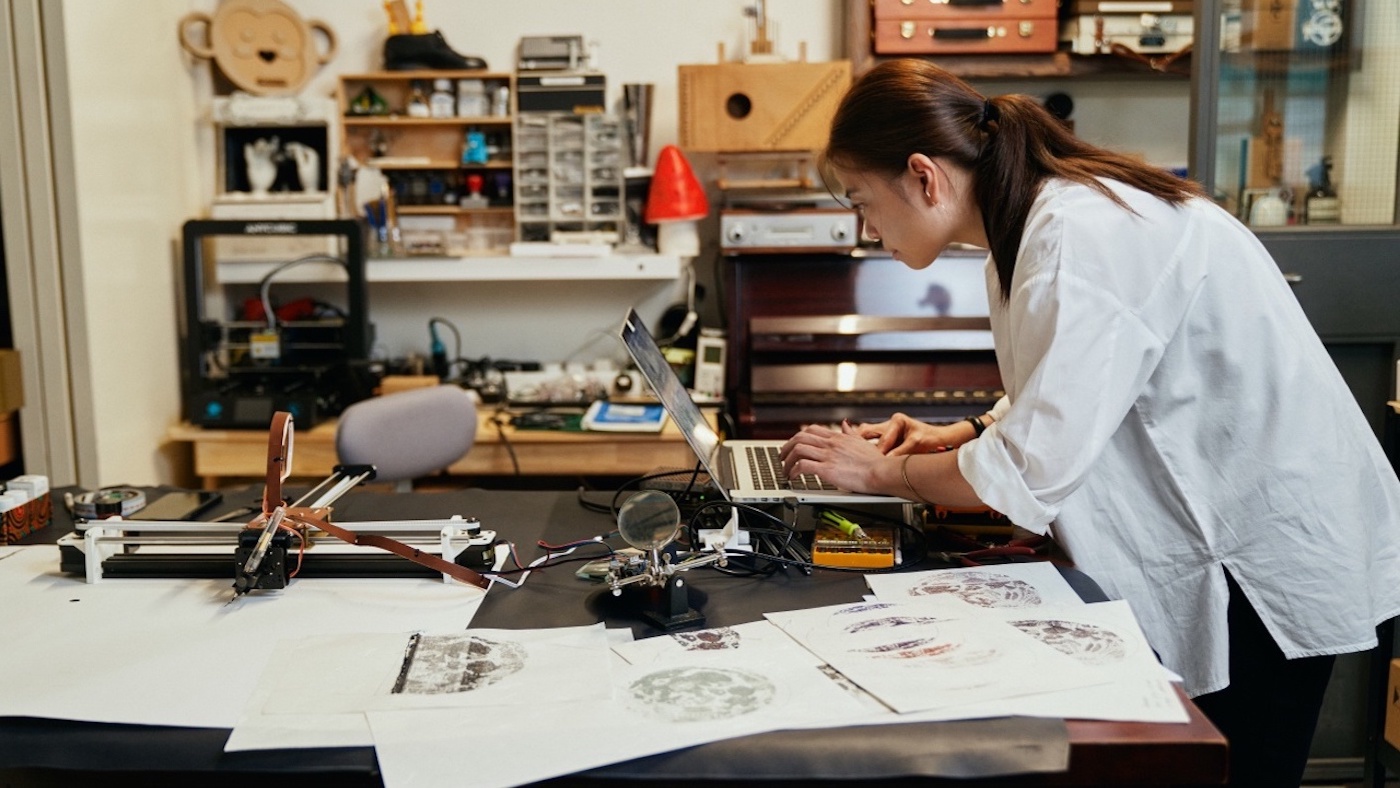
Audemars Piguet has long been an enthusiastic supporter of contemporary art, believing that, like mechanical watches, artworks are about more than what you can actually see. To put this philosophy into action, the Audemars Piguet Art Commission is a biannual event that celebrates art around the world.
Every two years an artist who is not yet internationally recognised is selected to create a large-scale artwork under the guidance of both a respected independent curator from their region and the team at Audemars Piguet Contemporary at the brand’s headquarters in Le Brassus, Switzerland. Previous artists in the programme include British artists Ruth Jarman and Joe Gerhardt, who collaborate under the name Semiconductor, plus the LA-based artist Lars Jan. The resulting works all remain the property of the artists.
The fifth artist to be selected is the Hong Kong-based Phoebe Hui. She has worked with Ying Kwok, the senior curator at the Tai Kwun Centre for Art and Heritage, which is based in the former Central Police Centre of Hong Kong. The resulting installation is entitled The Moon is Leaving Us and was unveiled at the Tai Kwun Centre in April. “Audemars Piguet Contemporary encourages artists to take risks and to be ambitious,” says Kwok. “It supports them with much-needed resources and expertise and helps them to push their work to a whole new level.”
The Week
Escape your echo chamber. Get the facts behind the news, plus analysis from multiple perspectives.

Sign up for The Week's Free Newsletters
From our morning news briefing to a weekly Good News Newsletter, get the best of The Week delivered directly to your inbox.
From our morning news briefing to a weekly Good News Newsletter, get the best of The Week delivered directly to your inbox.
Hui, who trained both in Hong Kong and at Central Saint Martins in London, says: “The Contemporary team at Audemars Piguet has played such a major role in the development of this project. They give complete freedom to artists to create something that reflects their personal vision and practice. At the same time they are very hands-on. In my case, they introduced me to scientists, engineers and even a former astronaut whose insights proved invaluable. I have no doubt that this will have a long-lasting impact on my career.”
The initial inspiration behind the piece came from a visit Hui paid to Le Brassus when she was first shortlisted. “During my stay,” she explains, “I was invited to dinner at a family-run restaurant in the mountains. We took a short walk through the snow and the experience was breathtaking, especially as at home in Hong Kong I am rarely so close to nature.”

Hui was fascinated by the effects of the moonlight and how it lit up the surrounding peaks, which inspired her to do some more research. “I discovered that the Moon is actually leaving the Earth’s orbit at an average rate of around 3.78cm per year, similar to the speed at which our finger nails grow. Even though this won’t have an impact during our lifetime, that still matters to me. It also made me realise how little I knew about our planet’s satellite and how through familiarity we tend to take it for granted.”
It is thought that when the Moon was first formed 4.5 billion years ago it was much closer – only 14,000 miles away compared to a quarter of a million miles today. This movement is mainly due to the actions of the Earth’s tides. One measurable impact this process has is that days are getting longer by 1/500th of a second each century.
A free daily email with the biggest news stories of the day – and the best features from TheWeek.com
The hypothesis that the Moon was moving away from the Earth was originally put forward 300 years ago by the British Astronomer Royal Edmond Halley, the first man to calculate the size of our solar system and after whom the famous comet is named. His hypothesis was finally proved in the 1970s when scientists fired lasers at mirrors placed on the Moon’s surface by both American and Soviet astronauts.
Hui’s snowy walk in the Swiss mountains also brought to her mind a poem she learned as a child. Prelude To Water Melody, written by the 11th-century writer Su Dongpo, one of the giants of Chinese literature, describes looking up at the Moon and lamenting being separated from loved ones with the line, “Though miles apart, we will share the beauty she displays.”
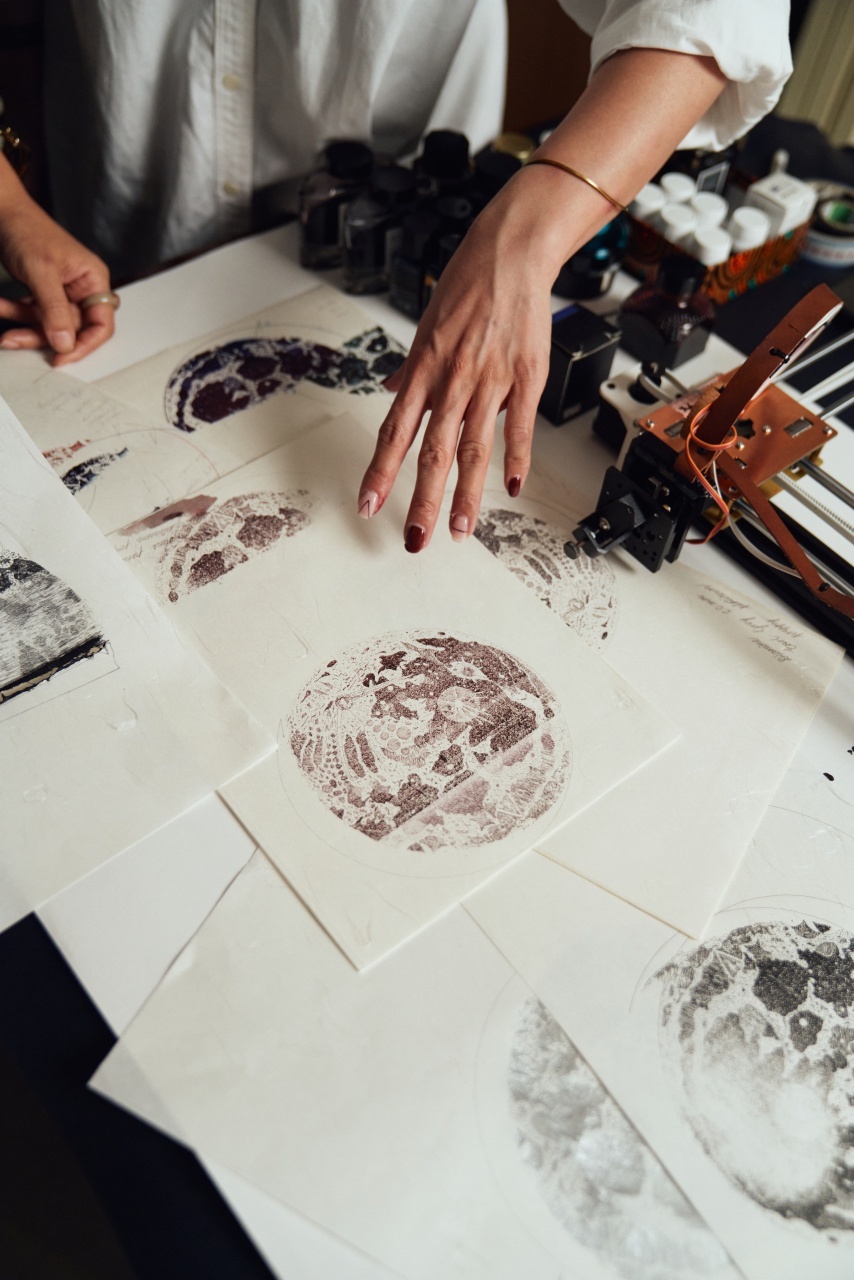
This fusion of technology and experience is typical of Hui’s technique. “She presents installations with a humanistic approach,” says Ying Kwok, “to allow audiences from various backgrounds to connect with complicated scientific ideas.”
To create the piece, Hui worked with both scientists and an astronaut and discovered that representations of the Moon are often subjective, depending on the instruments used and the data collected.
“I am particularly interested in how technology relates to our life today,” says Hui, “in terms of how we observe with our eyes or with an instrument, and how we record our observations. Technology is like the air we breathe.”
Thanks to the pandemic she was unable to complete her visits but carried on her research with subsequent conversations on Zoom and by studying photographs taken from the International Space Station. One of the most interesting things she learned came from the former astronaut who told her that the moon isn’t as grey as we think, and instead exhibits a spectrum of bright colours.
Though her online research she discovered the work of the Polish astronomer Johannes Hevelius, the founder of lunar topography, who, in 1647, published the groundbreaking Selenographia, Sive Lunae Descriptio. This was the first book to include a map of the moon based on Hevelius’s own observations using telescopes he built himself.
The piece itself is actually two bodies of work, both named after Selene, the Ancient Greek goddess who drives the Moon chariot across the heavens. The first, Selena, is a custom-built “drawbot” that produces intricate ink drawings of the Moon.
When younger, Hui would draw cartoons and illustrations for local newspapers and this interest led her to experiment with computer programming. “The computer often surprises me with results I could not have predicted,” she says, “and the robot seems to have a personality of its own.” The second, Selenite, is a kinetic robot that has 48 mechanical arms that project varies images of the Moon onto 48 different screens, juxtaposing historical astronomical renderings with contemporary scientific imagery.
Images courtesy of the artist and Audemars Piguet
-
 8 incredible destinations to visit in 2026
8 incredible destinations to visit in 2026The Week Recommends Now is the time to explore Botswana, Mongolia and Sardinia
-
 Wave of cancellations prompt Kennedy Center turmoil
Wave of cancellations prompt Kennedy Center turmoilIN THE SPOTLIGHT Accusations and allegations fly as artists begin backing off their regularly scheduled appearances
-
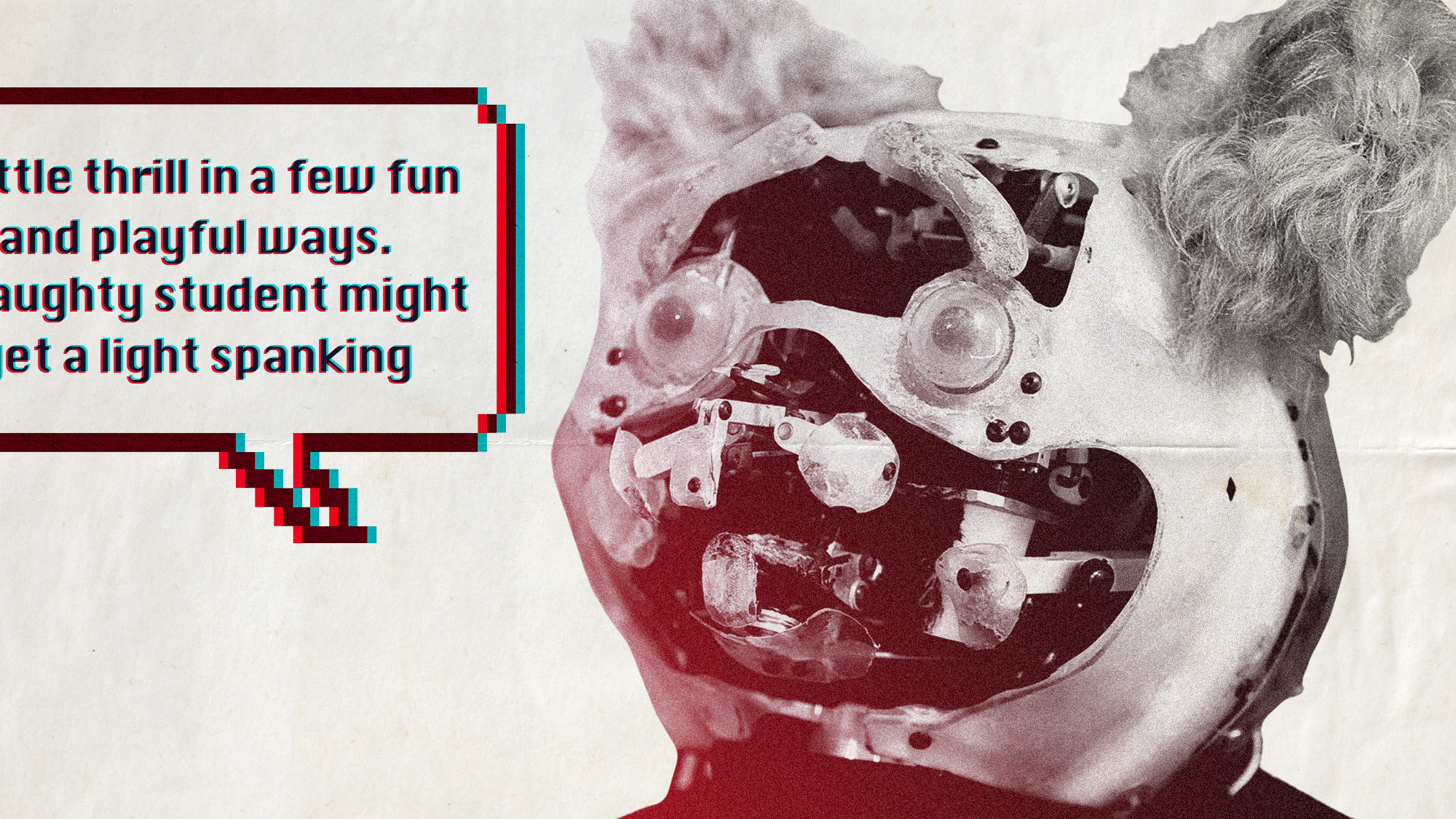 The dark side of how kids are using AI
The dark side of how kids are using AIUnder the Radar Chatbots have become places where children ‘talk about violence, explore romantic or sexual roleplay, and seek advice when no adult is watching’
-
 Inside the rocky marriage of Priscilla Presley and Elvis
Inside the rocky marriage of Priscilla Presley and ElvisUnder the Radar Rock and roll legend’s former wife praises Sofia Coppola’s new biopic
-
 How Burning Man descended into chaos
How Burning Man descended into chaosUnder the Radar Torrential rain leaves thousands of revellers stuck at Nevada festival
-
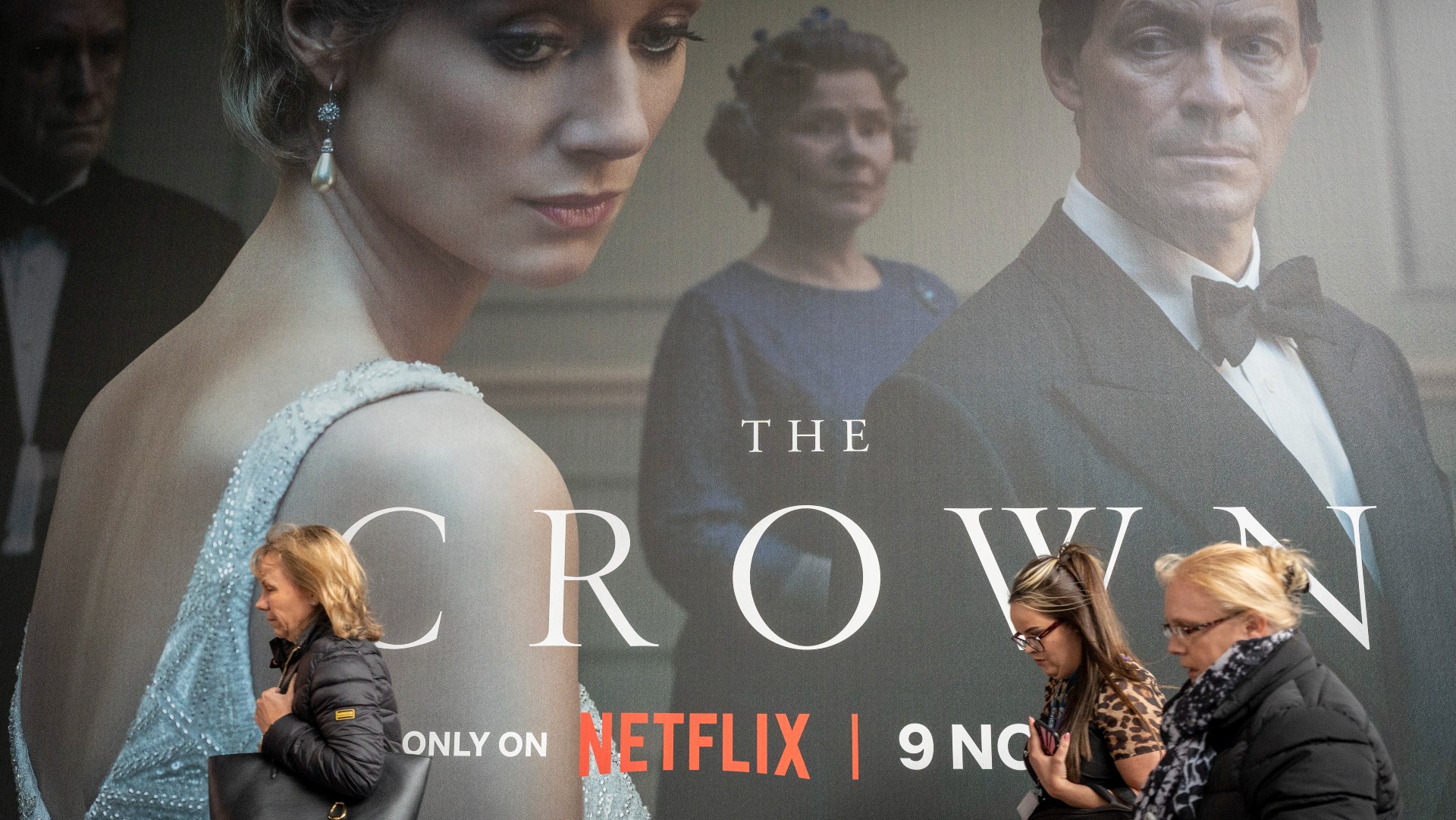 Princess Diana’s death in The Crown: how accurate is the Netflix series?
Princess Diana’s death in The Crown: how accurate is the Netflix series?Under the Radar The controversial show is returning for sixth and final season later this year
-
 Michael Parkinson: five best interviews by star presenter
Michael Parkinson: five best interviews by star presenterUnder the Radar ‘King of the chat show’ Parky has died aged 88
-
 The Beanie Bubble: the true story behind fallen toy empire film
The Beanie Bubble: the true story behind fallen toy empire filmUnder the Radar New release depicts rise and fall of 1990s stuffed plushy phenomenon
-
 The story behind Sinéad O’Connor’s iconic Saturday Night Live performance
The story behind Sinéad O’Connor’s iconic Saturday Night Live performanceUnder the Radar Singer ‘stepped into culture-war infamy’ after tearing photograph of the Pope live on air
-
 Why police have reopened the Tupac Shakur murder case
Why police have reopened the Tupac Shakur murder caseUnder the Radar House near Las Vegas is searched as police hunt killer of the famous rapper nearly 30 years on
-
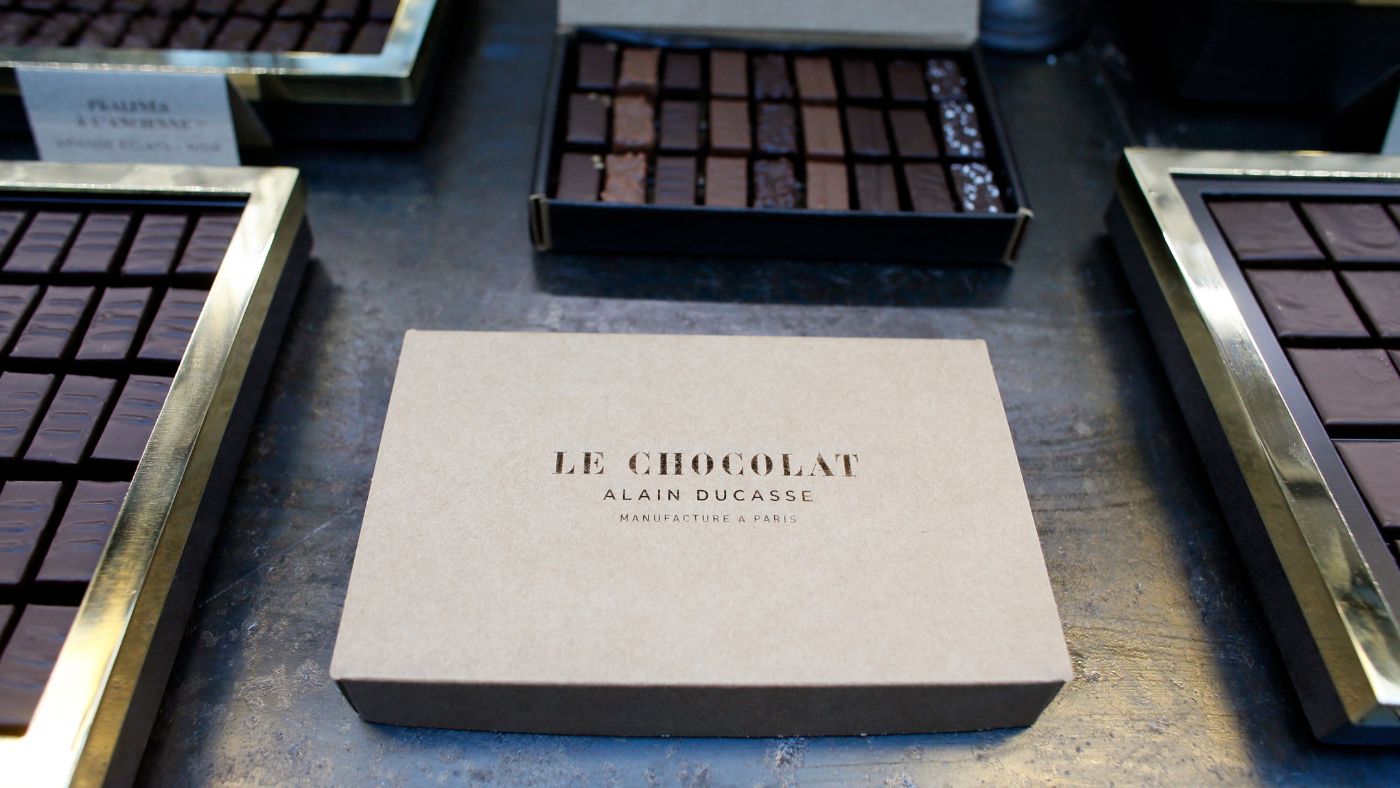 A tour of Alain Ducasse’s chocolate factory in Paris
A tour of Alain Ducasse’s chocolate factory in ParisUnder the Radar Star chef has spent a decade transforming chocolate – now it’s coffee, ice cream and biscuits